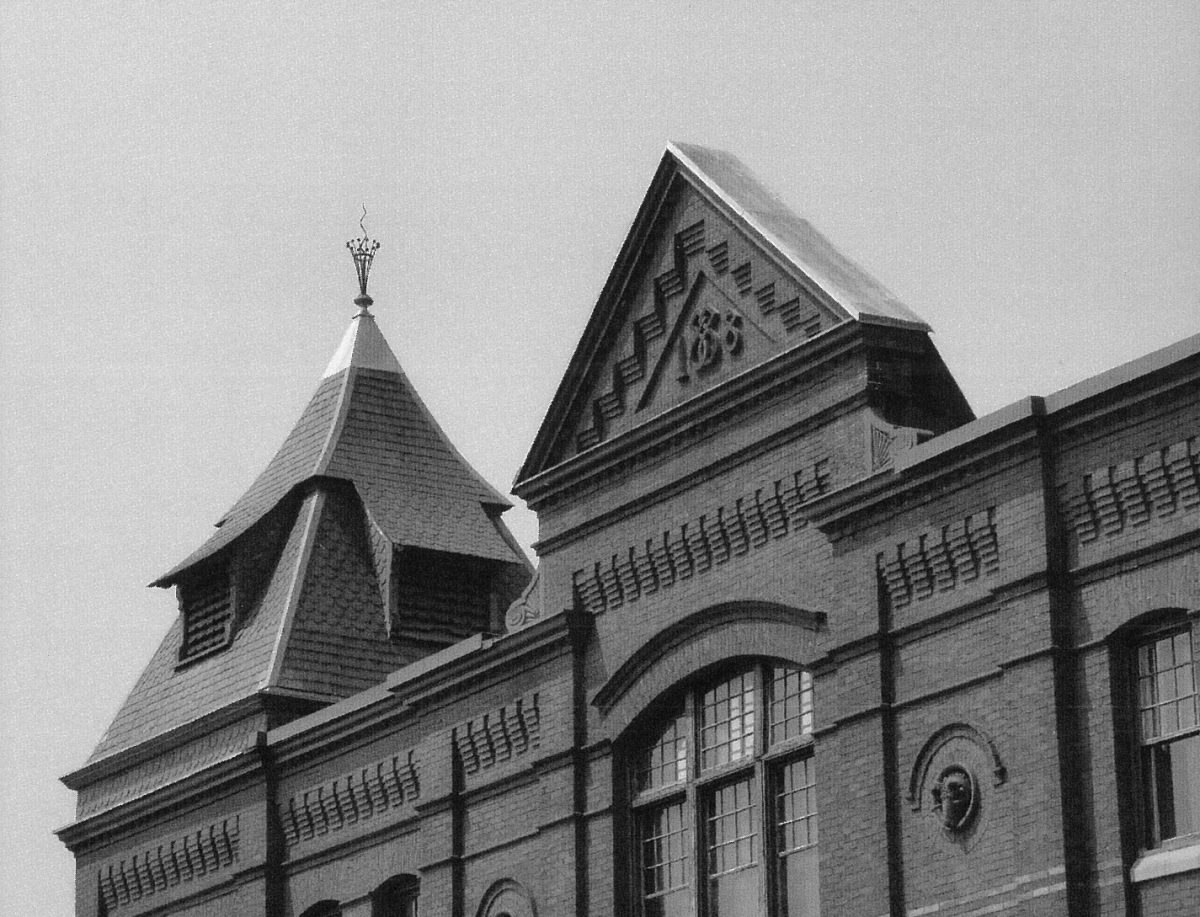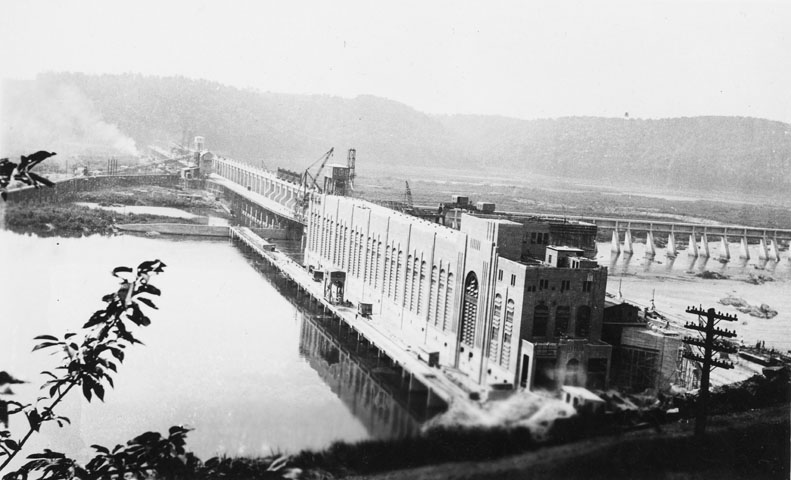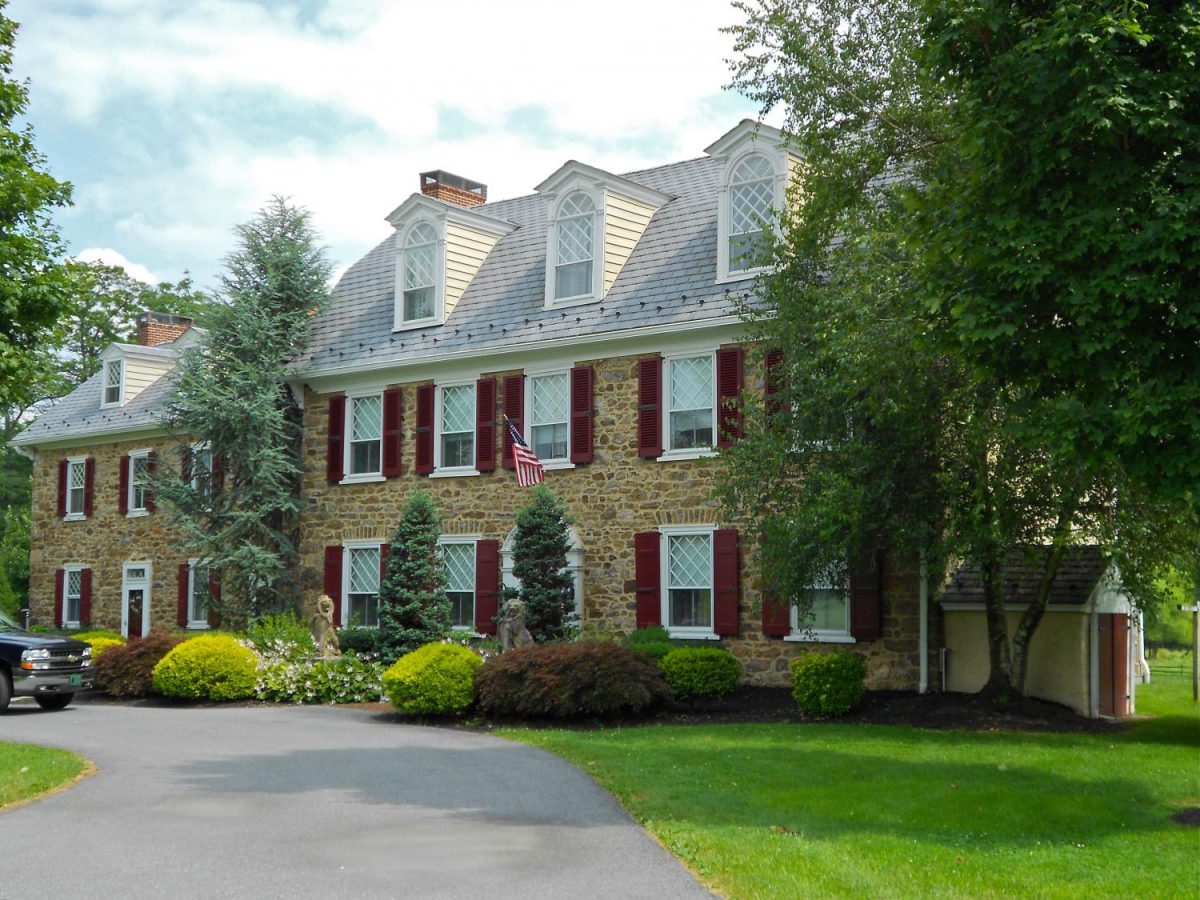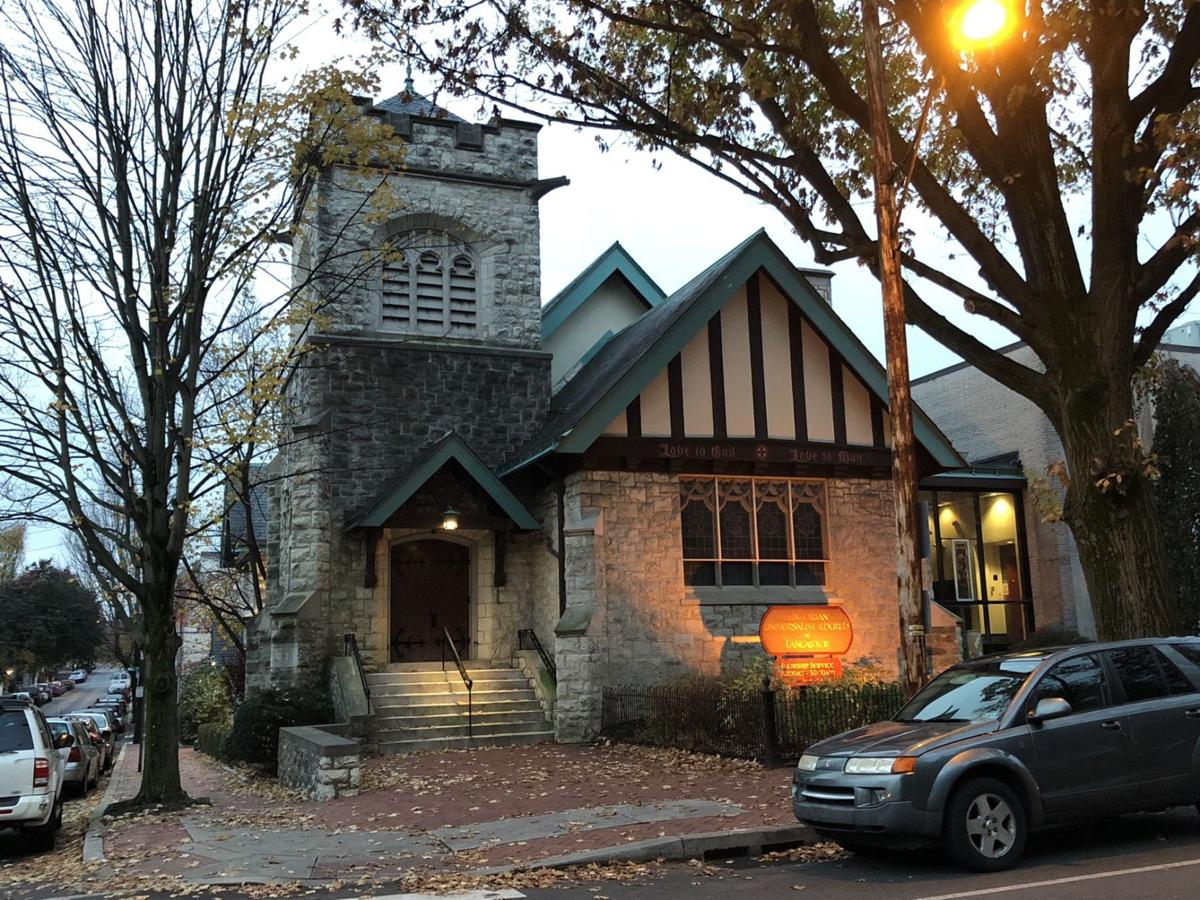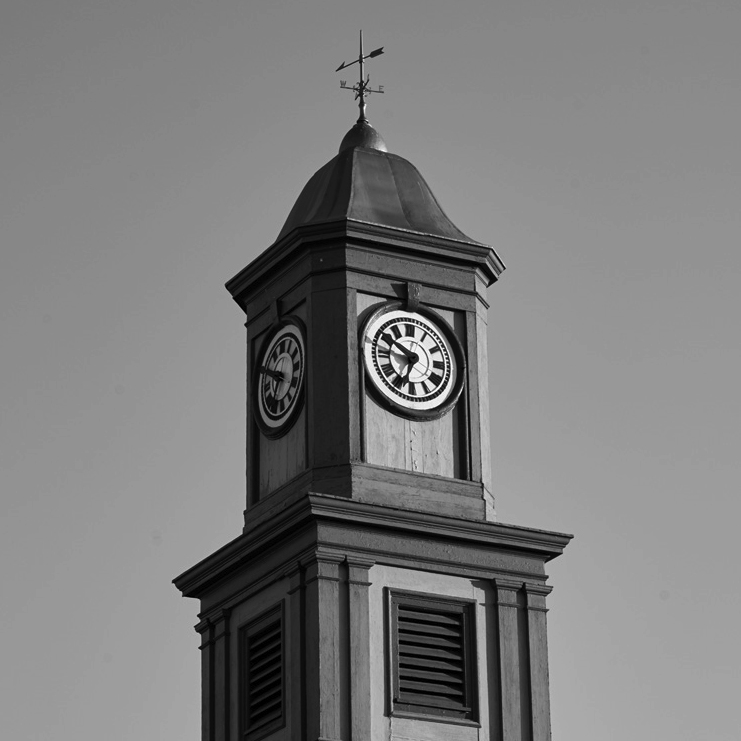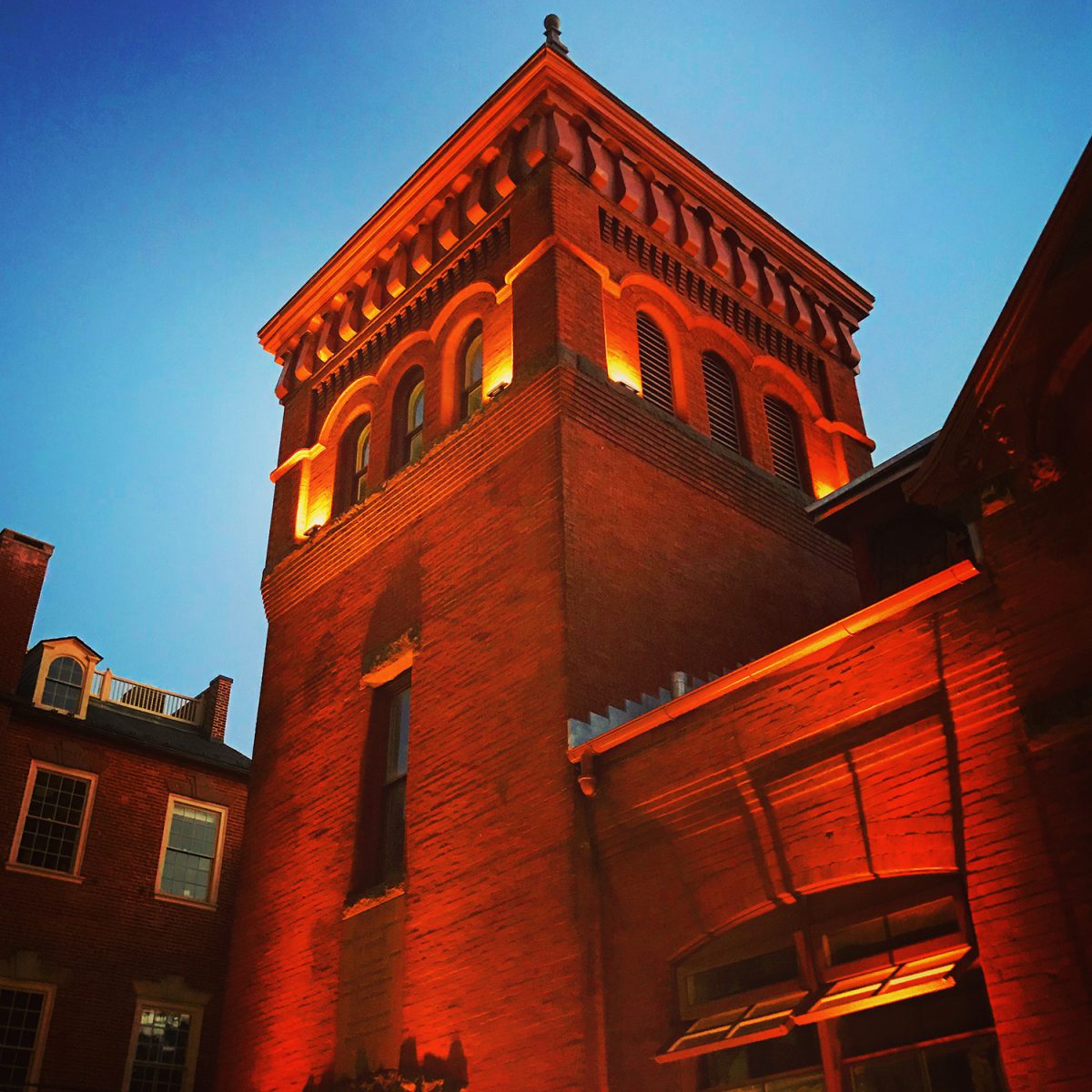Newsroom
C. Emlen Urban: Southern Market Center on South Queen Street
For more than 45 years, the prolific C. Emlen Urban created many of the historic landmarks that are fundamental to the beloved character of Lancaster City. In this post, we will examine Urban’s 1888 Southern Market Center located at 100 South Queen Street. Southern Market Emlen Urban’s first major commission was the Southern Market structure.…
Read MoreWhite Chimneys, the Trust’s Oldest Easement, is Celebrating 300 Years of American History
White Chimneys in Gap, Pennsylvania is celebrating 300 years of American history. The earliest portion of the house was built in 1720 by Francis Jones with subsequent additions. Francis’ granddaughter, Faithful Richardson, married Lancaster judge, Henry Slaymaker. White Chimneys remained in the Slaymaker family until the end of the 20th century. Throughout the years, White…
Read MoreTribute to David P. Schuyler, former Trust Board Member and Long-time Preservationist
We were very saddened to learn of the recent passing of David P. Schuyler, former Board Member of the Historic Preservation Trust of Lancaster County from 1994-2001. David was a long-time preservationist and was an asset to our organization for many years. He had an intense interest in historic buildings and was always willing to…
Read MoreHistory of Columbia: Bruner Mansion
226 Cherry Street 1870 After the death of John Wright Jr., land that was part of the Wright Cherry Orchard was divided and sold. One of the former orchard plots was sold to Sarah Jane Bruner and her husband, Abraham. It was on that piece of land that Abraham built a two-and-a-half-story brick Italianate-style residence.…
Read MoreLancaster County Architectural Styles: Federal
Federal circa 1790 – 1830 The term “Federal” came into popular use in the United States after the Constitution was adopted in 1789, as an expression of pride in the new nation. In architecture, it was applied to what might be called the first American style, which typified the desire for change toward a new…
Read MoreConestoga Township: Safe Harbor Hydroelectric Plant
1 Powerhouse Road Conestoga, PA 1930-1931 The Dam at Safe Harbor The original portion of the Safe Harbor plant is representative of early modern industrial design. Taken from the tradition of grand halls, markets and train stations, the building is designed with a sense of strength, interior openness, and verticality. The building is functional, as…
Read MoreHidden Treasures: Windsor Forge Mansion
The beautiful mansion house and several outbuildings are all that remains of the colonial iron plantation known as Windsor Forges. Windsor’s two forges were located on the eastern branch of the Conestoga south of Churchtown. In 1732, John Jenkins received a land grant of 400 acres from the Penn Family. In 1742, this was sold…
Read MoreC. Emlen Urban: Unitarian Universalist Church on West Chestnut Street
For more than 45 years, the prolific C. Emlen Urban created many of the historic landmarks that are fundamental to the beloved character of Lancaster City. In this post, we will examine Urban’s 1908 West Chestnut Street church. Unitarian Universalist Church The Unitarian Universalist Church, located at the corner of Chestnut and Pine Streets, is…
Read MoreHistory of Columbia: Columbia Borough Office / Opera House
308 Locust Street 1875 During the latter part of the 19th century, the railroad continued to expand, and the discovery of iron ore deposits led to the beginning of the iron industry in Columbia. By 1887, thirteen blast furnaces were operating within a three-mile radius of the town. Factories producing silk, textiles, stoves, baked goods,…
Read MoreLancaster Architecture 1719-1927: Victorian Romanesque Revival
Because Lancaster was founded nearly 300 years ago, it is often called a colonial town. However, less than ten percent of the city’s buildings that existed in 1800 now survive. Today, in both city and county, the overall visual character is one of contrast, with the numerous eclectic styles from the long Victorian period, lasting…
Read More





